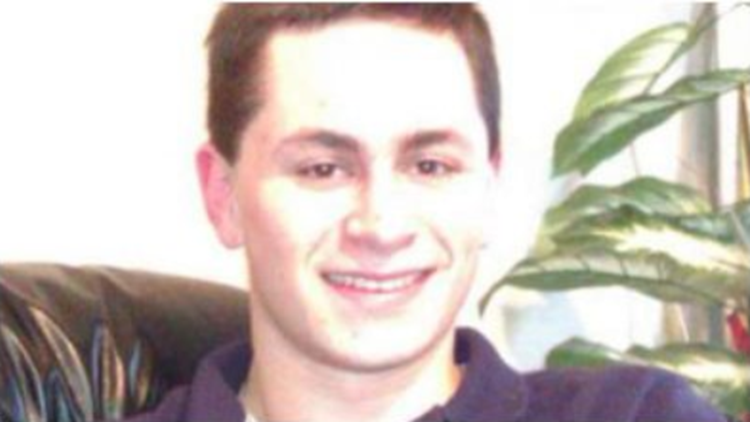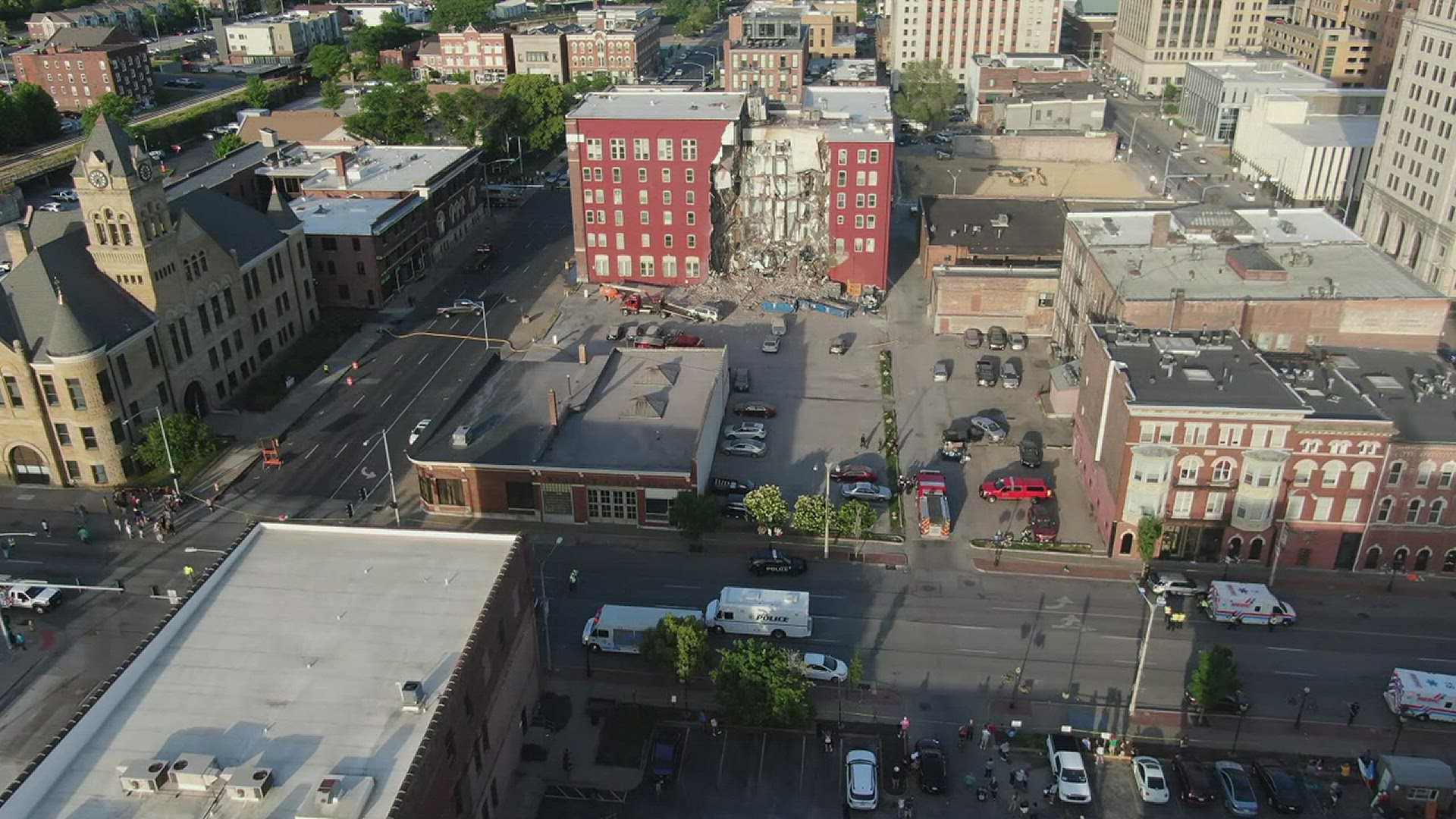Update: The suspect who blew himself up as police closed in following a string of bomb attacks in Austin has been identified as Mark Anthony Conditt, according to a source with direct involvement in the investigation.
The man, whom police didn’t name publicly, detonated a bomb in his vehicle early Wednesday on the side of Interstate 35 in Round Rock, north of Austin, as SWAT team members approached him, authorities said.
Earlier: AUSTIN, Texas – A 24-year-old white man allegedly behind a string of package bomb attacks in Austin, Texas is dead after detonating a device inside his car early Wednesday morning as authorities zeroed in on his location, police said.
The suspect was identified using surveillance video from a FedEx where one of the packages was shipped from.
A surveillance team tracked the suspect’s cell phone to a Red Roof Inn in Round Rock, Texas — north of Austin. They were waiting for ballistic vehicles to arrive to move in for an arrest when the suspect left the hotel in his car. Authorities followed the car, which ran into a ditch on the side of the road. When SWAT teams approached, suspect then detonated a bomb in his car, killing himself and injuring a SWAT member.
The suspect is believed to be behind at least six bombs that killed two people and injured several others.
Authorities still don’t know whether he acted alone or what his motive was, though they have not ruled out racially-motivated hate crime, due to the fact that the victims were minorities who appeared to have been targeted and connected to racial justice activism.
Police chief Brian Manley urged residents to remain vigilant, saying they don’t know where the bomber has been for the past 24 hours and if he sent additional packages.
Since the bombings started on March 2, investigators frantically searched for clues, calling the attacks the work of a”serial bomber” who increasingly changed tactics. The bombings left the Texas capital terrorized with fear for 19 days.
Officials had evacuated and then reopened several grocery stores, apartment buildings and restaurants as more tips and concerns were called in about suspicious packages. The sight of yellow crime scene tape and the sound of helicopters overhead were becoming common as law enforcement officials searched for clues and the suspect.
FedEx incident
In the latest incident, a package exploded at a FedEx sorting center near San Antonio on Tuesday, and a second unexploded bomb was discovered on the same day at another FedEx facility near Austin.
Those two packages are connected to four previous bombings that left two people dead. FedEx said the person who sent the package that exploded Tuesday also shipped a second one that was turned over to law enforcement officials.
FedEx said it provided authorities with “extensive evidence” from its security system on the packages and the person who shipped them.
In the incident near San Antonio, the device detonated on an automatic conveyor, Police Chief Michael Hansen said. A female employee was treated on site and released. The FedEx facility was not the intended target.
A possible explosion reported Tuesday night at a Goodwill store in Austin turned out to be unrelated. In that incident, an employee was injured by two “artillery simulators” in a donation box, said Ely Reyes, Austin’s assistant police chief. The employee was treated and released from a hospital, Reyes said.
The investigation
As investigators search for answers, they are checking the cameras at the facilities from Tuesday’s incidents, the source said.
Investigators believe the same person is behind all the devices, the source said, adding that the devices have a lot of consistencies. They are similar in the way they are made and use the same items, including a “mouse trap” or a “close pin” switch, according to the source.
“We made one to show everyone what it looks like and we did it in an hour,” the source said. The the bombmaker may have taken longer to do it to avoid blowing themselves up, according to the source.
The level of bombmaking skill doesn’t necessarily point to military experience, the source added.
Investigators said the package that was found intact Tuesday may yield some clues.
“Now we have the blueprint and possible DNA on the inside of the bomb. So teams are working to render it safe and then look for DNA,” the source said. The outside of the package would have been touched by employees at the store where it was dropped off and by the bombmaker, the source said.
The bombmaker may have been wearing gloves.
The explosions
Of the four previous explosions in Austin, the first three involved cardboard packages left in front yards or on porches. They weren’t delivered by the US Postal Service or services such as UPS or FedEx, police say.
Those three explosions — one on March 2 and two more on March 12 — killed or wounded three African-Americans and one Hispanic person. They happened in east Austin areas with predominantly minority residents. Some residents expressed concern the attacks might have been racially-motivated.
The victims
The first explosion killed 39-year-old Anthony Stephan House on March 2. The second blast on March 12 killed 17-year-old Draylen Mason. The third blast happened several hours later and critically injured a 75-year-old woman.
Those three blasts all happened after someone left explosives-laden packages on the victims’ doorsteps.
In the fourth blast, a device was triggered by a tripwire, injuring two white men in a predominantly white area.
Police have not ruled out the possibility that those bombings could be hate crimes. They urged residents to pay attention to their surroundings, and not approach or touch anything that looks suspicious.
This is a developing story and will be updated.



